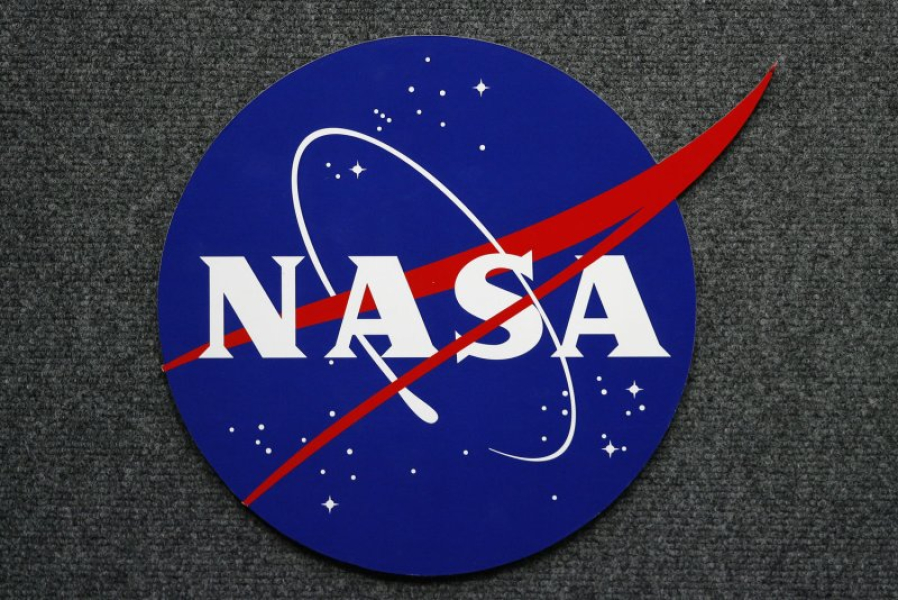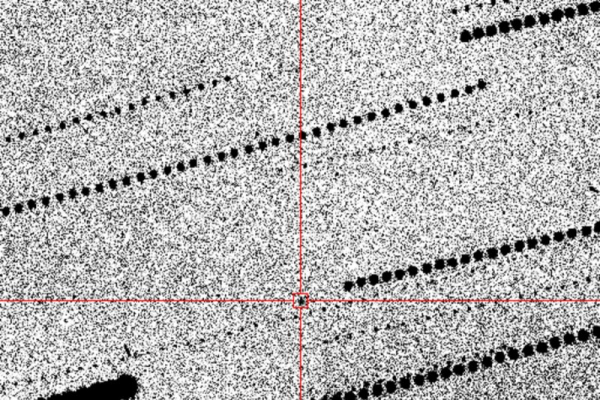
NASA has identified a third interstellar comet using the Rio Hurtado Survey Telescope in Chile.
An interstellar comet that was first spotted Tuesday by NASA's Asteroid Land Impact Alert System (ATLAS) telescope has been officially named 3I/ATLAS.
Since then, many “preliminary” observations have been collected, starting on June 14, from three ATLAS telescopes around the world and from the Zwicky Transient Facility at the Palomar Observatory in California, as well as fresh observations from several telescopes since the first report.
“If confirmed, this would be the third interstellar object we know of outside our solar system,” Dr Mark Norris, senior lecturer in astronomy at the University of Central Lancashire, told The Guardian.
Dr. Paul Chodas, director of the Center for Near-Earth Object Studies at NASA's Jet Propulsion Laboratory in California, told The New York Times that there was “no uncertainty” that the comet came from interstellar space, emphasizing its speed, which suggests it could not have originated in our solar system.
“If you trace its orbit backwards, it appears to be coming from roughly the center of the galaxy,” Chodas said. “It definitely came from another solar system. We don't know which one.”
The comet will reach its closest approach to the Sun around October 30, but will pose no danger to Earth, as it will be at least 240 million kilometers away. It is currently located about 680 million kilometers from the Sun.
The comet is expected to appear again on the other side of the Sun in December.
The comet's dimensions and physical characteristics are being studied, and it is expected to be visible to ground-based telescopes until September.
Jake Foster, an astronomer at the Royal Observatory Greenwich, said: “The comet is currently not expected to be visible to the naked eye, but should be observable with a reasonably sized amateur telescope in late 2025 or early 2026. As we study it further in the coming weeks, we will have a better idea of how realistic it is to see it.”
In 2017, Oumuamua swept through the solar system as the first interstellar object. In 2019, a second interstellar comet, Borisov, passed by.
Sourse: www.upi.com





